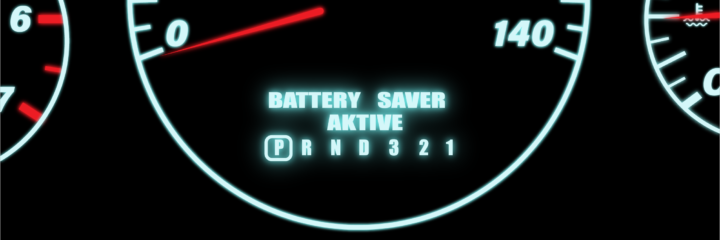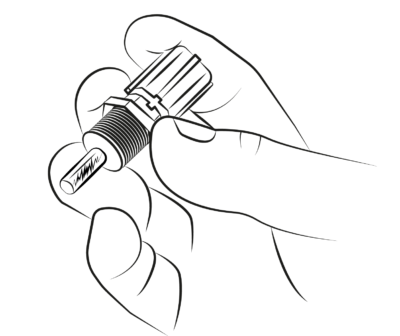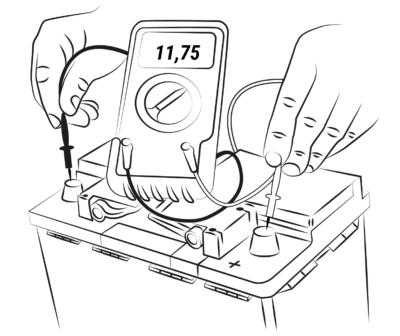We’re going to talk about the meaning of the message on your vehicle’s dashboard that says “Battery Saver Active.” To help us understand better, let’s remind ourselves about what a car battery is and how it works.
What Is a Car Battery?
The car battery provides the electricity that is needed to power the car. The battery does this by converting chemical energy to electrical energy and stabilizes the voltage necessary for the smooth running of the engine. The battery is made up of various components such as the thick plastic separator, lead plastic plates, etc. The car battery can be recharged while the car is in motion.
While you’re driving a message can pop up on the Driver’s Information Center (DIC) that says “Battery Saver Active.” The Driver’s Information Center (also known as Gauge Display and Instrument Cluster) is a digital instrument panel usually located just above your steering wheel.
The Battery Saver Active message is a notification that the battery’s voltage is dropping below the recommended level without the car charging system recharging it and would shut down soon. This notification does not necessarily mean the car will stop moving immediately, but the car will shut off certain electronic components that drain the battery, such as the air conditioner.
What Factors Can Trigger the Battery Saver Active Signal?
Bad Alternator
Alternators are located at the front of the engine. It is an electrical generator that converts mechanical energy to electrical energy. The alternator is your car’s charging system responsible for supplying Direct Current (DC) to the electronic components of the car and for charging the car while driving. With time, wear and tear, heat, frayed wire, and other deteriorating factors can lead to the alternator going bad. A bad alternator can’t charge the battery properly, hence the “Battery Saver Active” signal on the DIC of the car.
Loose Serpentine Belt
The serpentine belt is also called Drive Belt or V-Belt. It is a long snake-like winding belt that keeps the alternator and other electrical components of the car running smoothly. They are made of high-quality rubber that can become frayed, peel, crack, and slippery as it ages. When the serpentine belt breaks or becomes loose, the alternator would not charge properly and this will result in a low battery and the appearance of the “Battery Saver Active” message.
Bad or Failing Temperature Sensors
Temperature Sensors monitor the temperature of the battery allowing the battery voltage to increase or decrease depending on how much the vehicle needs. When the temperature sensors go bad or fail due to wear and tear, the Battery Saver Active signal illuminates to alert the driver to shut down the vehicle to avoid damaging the battery.
Bad Battery/Low Battery Output
This is another possible reason for the “Battery Saver Active” signal on the car’s DIC. Car batteries can go bad or produce low output for various reasons such as age, loose or broken cables, heavy corrosion at the positive terminal, leakage of battery acid, and so on. When the battery is bad it becomes weak, slow, difficult to start and drains frequently. If the battery is in any of these conditions, the Battery Saver Active signal pops up.
What Should You Do if You Get the “Battery Saver Active” Signal?
- Contact a mechanic to scan for trouble codes to identify the problem(s)
- Check the level of battery drain by using a multimeter to measure the Direct Current voltage
- Clean your battery to see if performance improves
- Replace all faulty parts after scanning
To summarize, the “Battery Saver Active” signal comes on to notify the driver about a problem in the battery’s charging system. The goal is to notify the driver so you can take proactive measures before your car suddenly stops on you while you’re driving.






